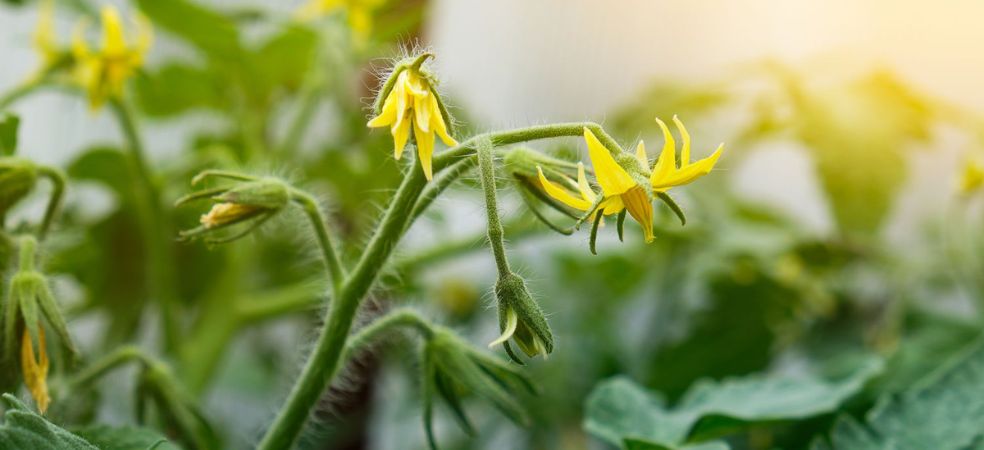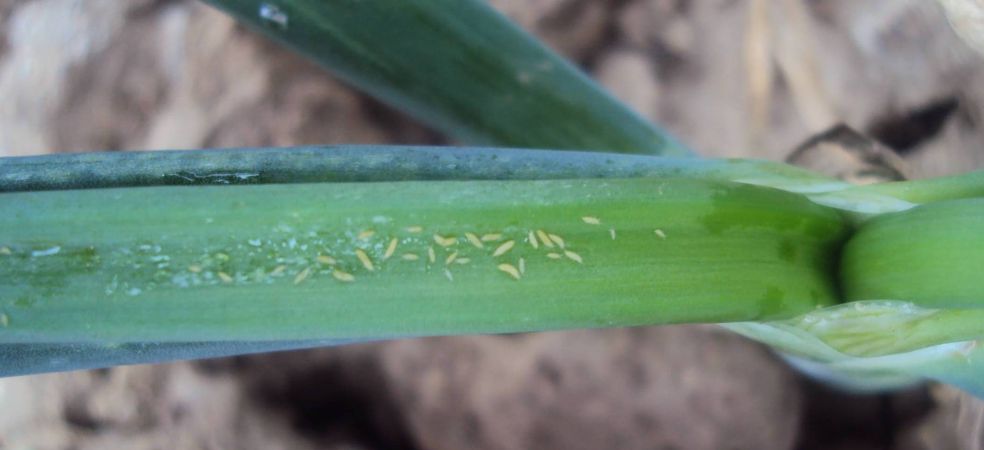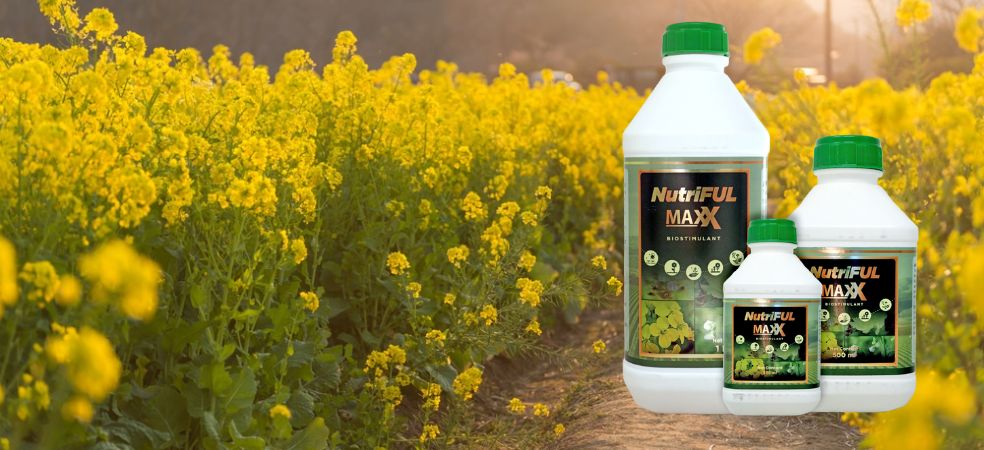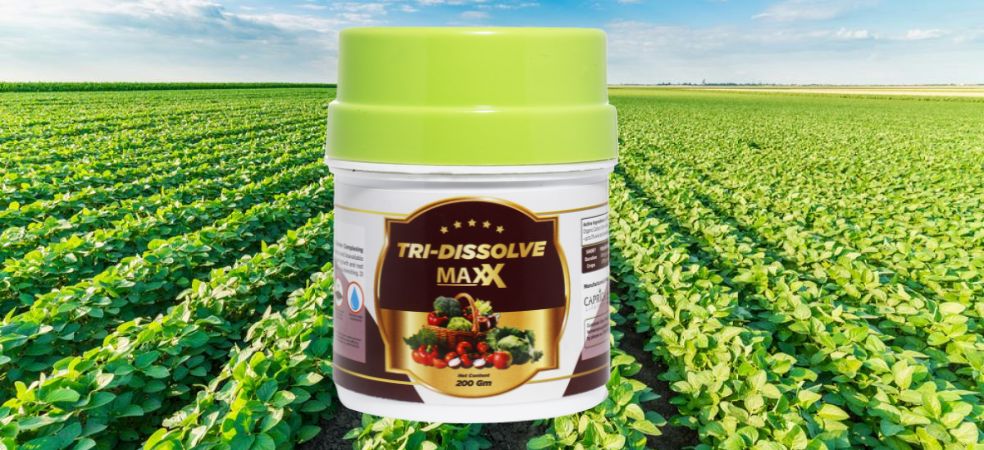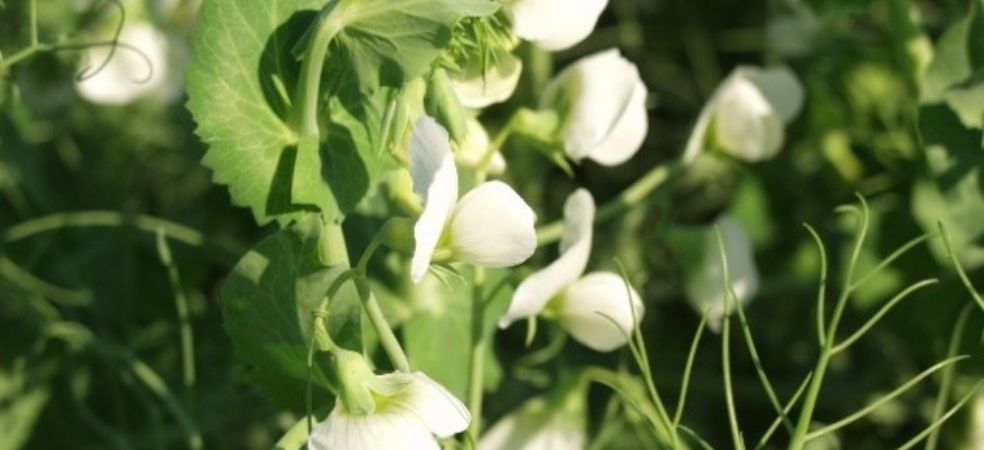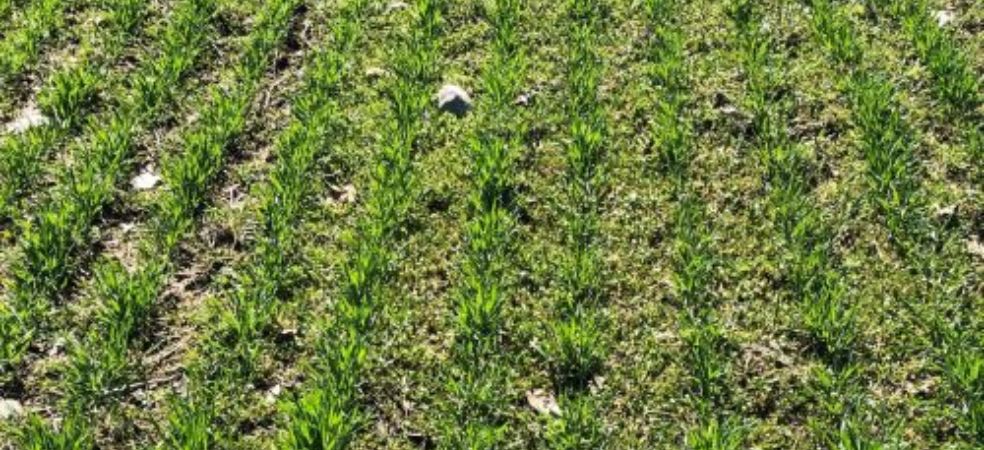For more flowers and late blight disease control in Tomato crop, spray Godiwa Super (Azoxystrobin 18.2% + Difenoconazole 11.4% SC) @ 15 ml + Nutriful Maxx (Fulvic Acid Extract – 20% + Calcium, Magnesium and Potassium in trace amounts of 5% + Amino Acids) @ 25 ml + Silicomaxx gold @ 5 ml per acre, @ 150 liters of water.
Nutriful Maxx
-
This results in more flowers, and enhances the color and quality of the fruits.
-
Increases the resistance of plants against drought, frost etc.
-
It also enhances the transport of nutrients from the root
ShareFor such important information related to the agriculture sector and farmers, do read Gramophone’s articles daily. If you liked today’s information then don’t forget to share.

